Get your minds out of the gutter! I’m talking about landscape. Click on the pictures to learn more about each picture.
The Big Hole, Open Mine or Kimberley Mine is an open-pit and underground mine in Kimberley, South Africa and claimed to be the largest hole excavated by hand.
#2
A blue hole is a submarine cave or sinkhole. They are also called vertical caves. There are many different Blue Holes located around the world, such as in the Bahamas and in Belize.
#3
The Diavik Diamond Mine’s footprint is contained within a 20 square kilometre island in Lac de Gras.
#4
The second largest man-made hole in the world (surpassed only by the Bingham Copper Mine in Utah) is a diamond mine located on the outskirts of Mirny, a small town in eastern Siberia. Begun in 1955, the pit is now 525 meters deep and 1.25 kilometers across.
The Derweze area is rich in natural gas. While drilling in 1971 geologists accidentally found an underground cavern filled with natural gas.[1] The ground beneath the drilling rig collapsed, leaving a large hole with a diameter of about 50-100 meters. To avoid poisonous gas discharge, it was decided to burn the gas.[2] Geologists had hoped the fire would go out in a few days but it has been burning ever since. Locals have named the cavern The Door to Hell.
From the end of 1980s a strange phenomena is happening in some Russian forests. People find strange, deep holes. They appear in the dense forest, in the places you can’t get on the car or truck to bring any device to drill the ground. There is no any soil that should be taken from such deep holes is found.
The name, Devil’s Sinkhole, aptly connotes the dark depths and other-worldliness of a vast vertical chasm in the limestone bedrock on the far western reaches of the Edwards Plateau. Given it’s unique qualities, the site was undoubtedly considered a sacred place by native peoples.
Monticello Dam is a dam in Napa County, California, United States constructed between 1953 and 1957. It is a medium concrete-arch dam with a structural height of 304 ft (93 m) and a crest length of 1,023 ft (312 m). It contains 326,000 cubic yards (249,000 m³) of concrete.
In February 2007 a large sinkhole opened in a poor neighborhood in northeast Guatemala city, killing three people. The sinkhole was 100.5 m (330 ft) deep, and apparently was created by fluid from a sewer dissolving the rock underneath. As a result, one thousand people have been evacuated from the area. The sink hole has since been mitigated and plans to develop on the site have been proposed.
These holes are the oldest and largest caverns in the world, dating from the Precambrian period and feature 350 m in diameter and depth.
Atkins has won an international design competition to design a five-star resort hotel set within a beautiful water-filled quarry in the Songjiang district close to Shanghai in China. Its stunning concept designs inspired by the natural water and landscape features of the quarry captured the imagination of judges to quash competition from two other international firms. The innovative design of the 400-bed resort hotel stands two levels higher than the rock face of the 100 metre deep quarry and includes underwater public areas and guestrooms.
The Bingham Canyon Mine, also known as the Kennecott Copper Mine, is an open-pit mining operation extracting a large porphyry copper deposit southwest of Salt Lake City, Utah, USA, in the Oquirrh Mountains. It is owned by Rio Tinto Group, an international mining and exploration company headquartered in the United Kingdom. The copper operations at Bingham Canyon Mine are managed through Kennecott Utah Copper Corporation which operates the mine, a concentrator plant, a smelter, and a refinery. The mine has been in production since 1906, and has resulted in the creation of a pit over 0.75 miles (1.2 km) deep, 2.5 miles (4 km) wide, and covering 1,900 acres (7.7 km²). According to Kennecott, it is the world’s largest man-made excavation.
#13
Hawaiʻi Volcanoes National Park, established in 1916, is a United States National Park located in the U.S. State of Hawaiʻi on the island of Hawaiʻi. It displays the results of hundreds of thousands of years of volcanism, migration, and evolution—processes that thrust a bare land from the sea and clothed it with complex and unique ecosystems and a distinct Ancient Hawaiian culture. Kīlauea, one of the world’s most active volcanoes, and Mauna Loa, the most massive, offer scientists insights on the birth of the Hawaiian Islands and visitors’ views of dramatic volcanic landscapes. In recognition of its outstanding natural values, Hawaiʻi Volcanoes National Park has been designated as an International Biosphere Reserve in 1980 and a World Heritage Site in 1987.
Send in your “big hole” finds to get us to 20! Keep it clean and don’t forget to include the links.
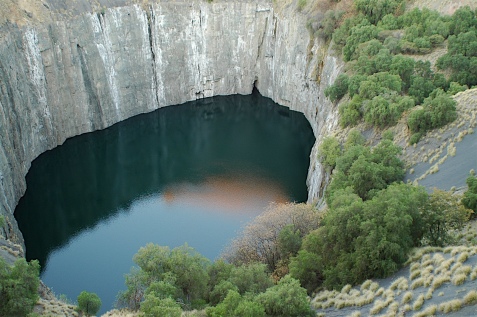
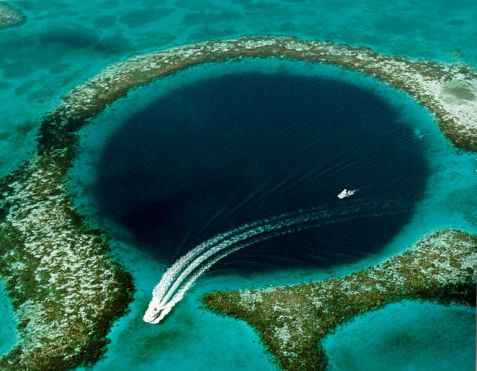
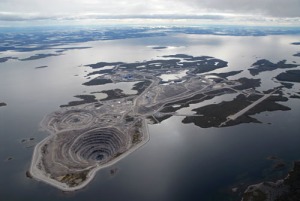
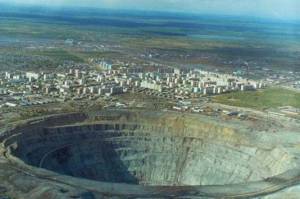
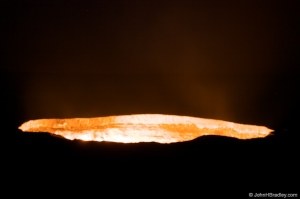
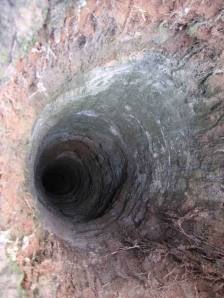
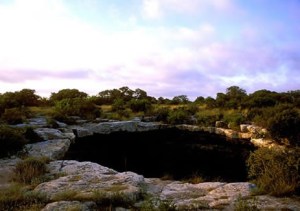
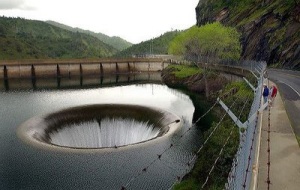
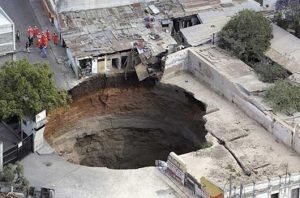
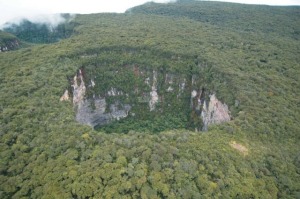
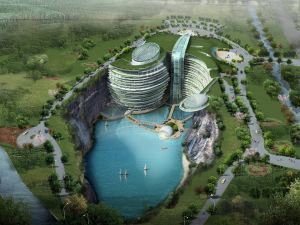
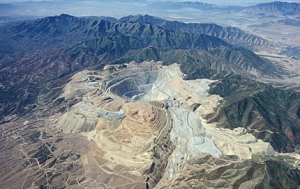
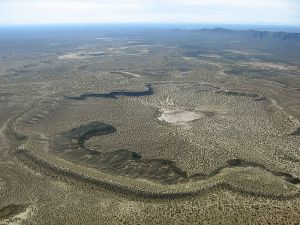
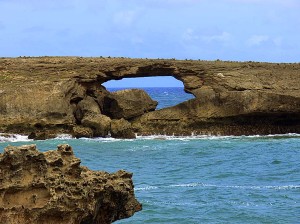
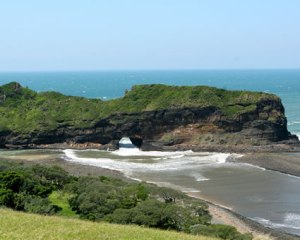
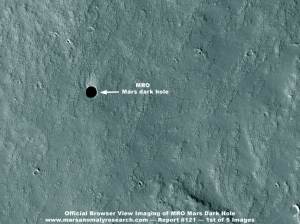
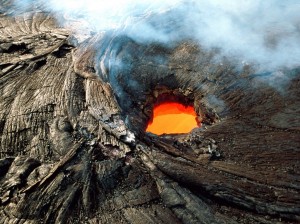
Leave a comment